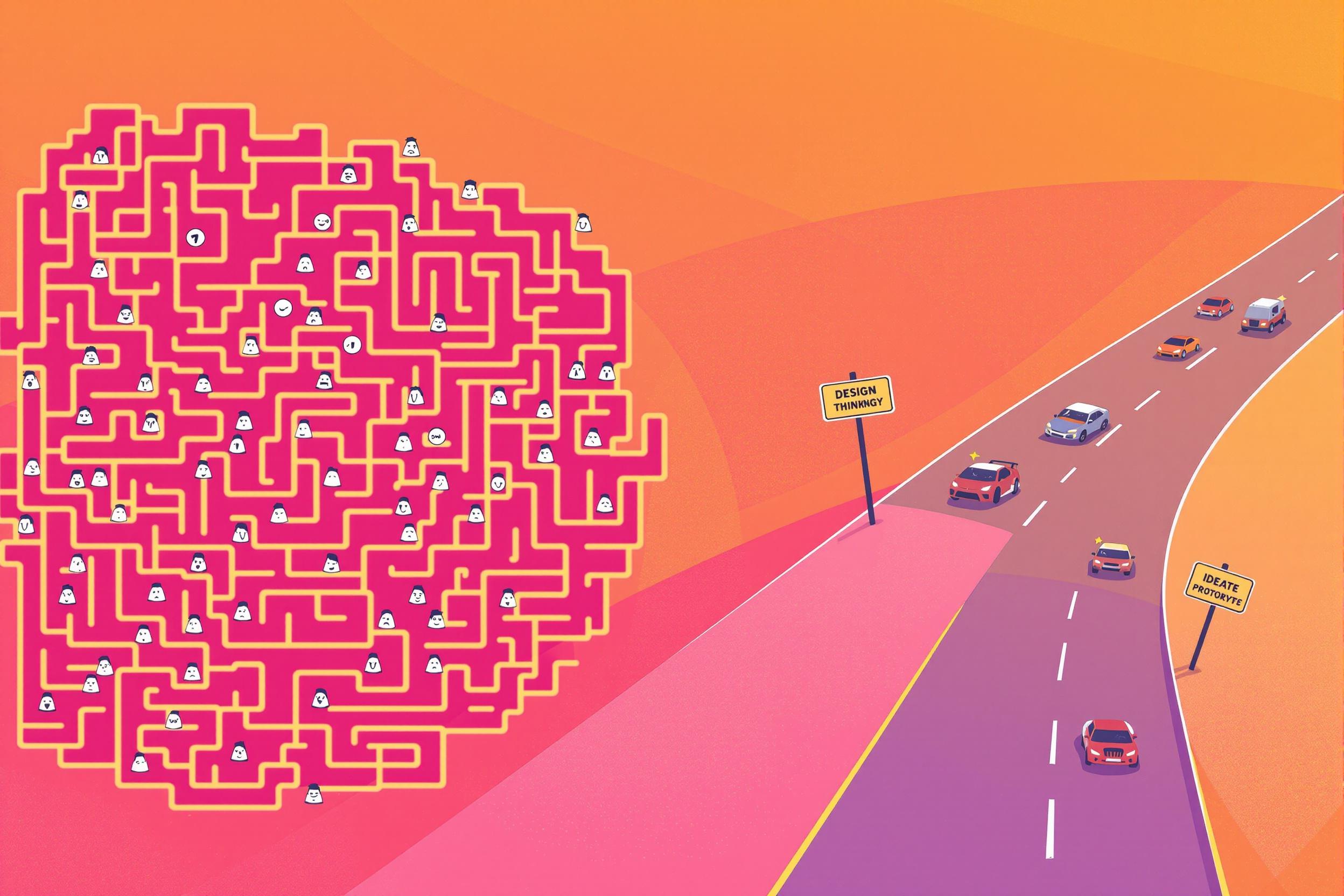
Costume Designer
A Costume Designer creates and oversees the overall look of characters' clothing in theatrical productions, operas, dance performances, and other live shows. They work closely with directors and other creative team members to bring characters to life through clothing choices. This role combines artistic vision with practical knowledge of fabrics, historical fashion, and garment construction. Think of them as storytellers who use clothes instead of words - they help audiences understand characters' personalities, time periods, and social status through what they wear. Similar job titles might include Wardrobe Designer or Theatre Costume Designer.
Examples in Resumes
Designed and supervised creation of 50+ costumes for production of Carmen as Costume Designer
Lead Costume Designer for annual season of 4 major opera productions
Assistant Costume Designer managing costume fittings and alterations for 30-person cast
Theatre Costume Designer responsible for period-accurate wardrobe creation
Typical job title: "Costume Designers"
Also try searching for:
Where to Find Costume Designers
Professional Organizations
Job Boards
Professional Networks
Example Interview Questions
Senior Level Questions
Q: How do you manage a costume design project when faced with budget constraints?
Expected Answer: A senior costume designer should discuss prioritizing essential pieces, creative solutions like repurposing existing costumes, negotiating with suppliers, and maintaining quality while staying within budget. They should mention experience managing large production budgets and teams.
Q: How do you handle last-minute design changes requested by the director?
Expected Answer: Should demonstrate leadership in problem-solving, discussing how to balance artistic vision with practical constraints, manage team workload, and maintain positive relationships while meeting production deadlines.
Mid Level Questions
Q: How do you research period costumes for historical productions?
Expected Answer: Should explain their research process using historical references, museums, books, and online resources, and how they adapt historical designs for modern stage use while maintaining authenticity.
Q: Describe your process for creating costume plots and managing fittings.
Expected Answer: Should discuss organizing costume changes, tracking measurements, scheduling fittings, and coordinating with the wardrobe team to ensure smooth production runs.
Junior Level Questions
Q: What basic materials and tools do you use in costume design?
Expected Answer: Should be able to discuss common fabrics, basic sewing techniques, and essential tools used in costume creation and alterations.
Q: How do you create and present costume design concepts?
Expected Answer: Should describe basic sketching or rendering techniques, mood board creation, and how to present ideas to directors and production teams.
Experience Level Indicators
Junior (0-2 years)
- Basic sewing and alteration skills
- Creating costume sketches
- Understanding of basic fabrics and materials
- Assisting with fittings and measurements
Mid (2-5 years)
- Period costume knowledge
- Budget management
- Pattern making and draping
- Coordination with production teams
Senior (5+ years)
- Full production design leadership
- Advanced construction techniques
- Team management
- Complex budget handling
Red Flags to Watch For
- No knowledge of basic sewing techniques
- Lack of experience with different fabric types
- Unable to create basic costume sketches
- No understanding of theatrical production process
- Poor communication skills with production team members
Related Terms
Need more hiring wisdom? Check these out...

Why Your Hiring Process is a Maze (And How Design Thinking Can Turn It into a Superhighway)

Refining Job Descriptions to Expand Applicant Pools: Casting a Wider Talent Net

Changing Careers: A Recruiter's Inside View

